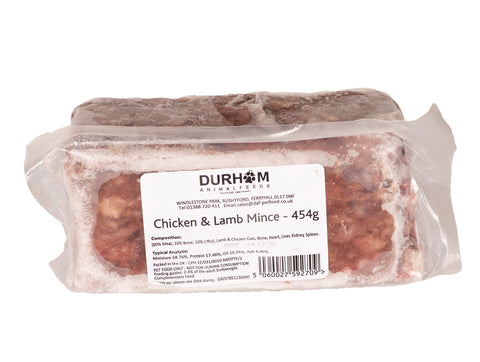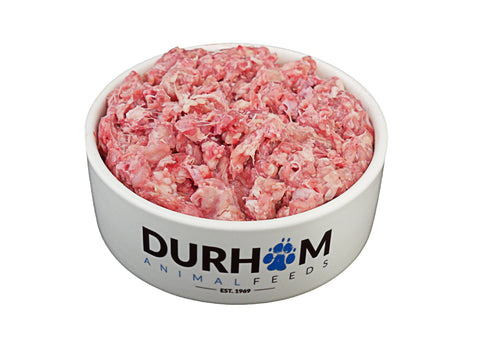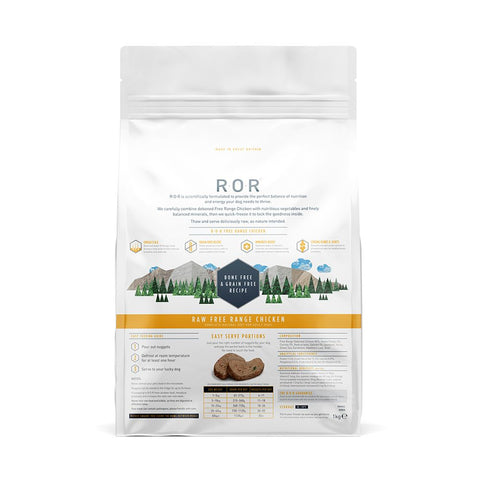Guide To Caring For Parrots

Birds are social, so a single caged bird will require a lot of attention and stimulus if it is not to become bored and frustrated. A caged bird will enjoy times of peace on its own, however, it must feel emotionally part of its human flock.
There are a number of common breeds of parrot kept as pets in the UK, these include, Parakeets, African Greys, Cockatoos, Macaws, and Amazons.
Parrots make interesting, enjoyable pets and can provide a lifetime of mutually satisfying companionship. They are great whistlers and some can even learn simple words and phrases.
General Care
Properly cared for, your parrot should live a long and happy life. Early signs of illness include loose droppings, discharge from the nostrils, laboured breathing, feathers raised to give a puffed up appearance, resting with head under the wing and both feet on the perch. These are all general, non-specific signs of a variety of illnesses, so if you are concerned about your parrotís health or behaviour, seek specialist veterinary advice.
Feathers: Feathers should not be allowed to become too dry. You can use a suitable fine mist spray together with a special solution to spray on, your pet shop can advise you on suitable products. Many
parrots do enjoy a bath or shower, but not all of them.
Respiratory diseases: The bird will be listless, with feathers fluffed up and wheezing if it catches a cold. Keep him warm, do not bath and consult with your vet immediately.
Wet droppings: Commonly caused by an excess of green, mouldy or contaminated food; a change in diet or lack of fresh water; intestinal infections; or liver and kidney diseases. Keep him warm, make sure he has plenty of fresh water and consult your vet.
Mites: These are parasites that feed on birdsí blood, causing itching, weight loss, and feather loss. Mites are easy to
destroy with a suitable spray and your pet shop or vet will advise.
Beaks and nails: An iodine block can help keep your birdís beak trim. If you suspect your parrotís nails and
beak are too long seek expert advice.
Feather plucking: A complex, common, and frustrating problem with many possible causes, including skin or
feather infections, a poor diet or environment, lack of exercise or stimulation. Spend time with your parrot
and provide it with toys for exercise and entertainment. If the condition persists consult your vet.
Choosing Your Parrot
If you keep a single parrot you must be able to offer it a great deal of attention and stimulus. If the bird is to be left on its own for long periods it is better to give it a companion. Lovebirds should always be kept in pairs or small groups.
A healthy parrot should:
Be bright and alert.
Have no signs of discharge from the eyes or nostrils.
Have a clean vent area.
Have feathers flush to the body and not fluffed up.
Have good feather condition, without fraying or distortion.
Have no signs of breathing problems.
Have fluent movement with no signs of lethargy.
It is also recommended to have your parrot microchipped. Unintentional escapes do sometimes happen, and you have more chance of being reunited with your pet if it has been microchipped.
Housing
Parrot cages make suitable homes for short-tailed parrots only. Longtailed varieties should be kept in an outside aviary or an indoor flight, as can short-tailed parrots.
A roomy cage is a necessity if you are unable to provide an aviary, and it must be large enough for your parrots to stretch their wings and fly from perch to perch. Parrots are climbing birds, so it is preferable to choose a cage with horizontal bars.
Avoid putting the cage in draughts, direct sunlight or in damp or humid conditions. The cage should be furnished with perches of different diameter and one or two toys, but donít overcrowd the cage. Try and buy a selection of toys and rotate them to avoid boredom. Do not place perches directly above food and water pots.
The cage/aviary can be furnished with non-poisonous wood branches, such as fruit wood, which will add interest and aid with
keeping the beak properly shaped. You can also hang toys off the branches for added entertainment.
Sand sheets or cage bird sand may be used in the bottom of the cage of smaller species and replaced regularly. The cage and furnishings should be thoroughly cleaned and disinfected with a pet safe disinfectant weekly, although droppings should be removed daily. A removable tray will make cleaning easier.
Outside aviaries must have a sheltered section to provide protection from wind, rain, and strong sunlight and for many species, it may need to be heated. Place the roosting site (the highest perch or nest box) and food containers within the sheltered section. The floor should be paved or have a sunken wire mesh to prevent rodents from entering. If possible, install an infra-red light to deter thieves. It is also essential to have a double-door entrance system so birds cannot escape.
Introducing Your Parrots To Their New Home
Before introducing your parrots to their new home, fill the food and water pots and sprinkle a little extra onto the floor, to ensure they have enough to eat until they find the seed pots.
Make sure all windows and doors are closed and fires are guarded. Gently open one end of the carry box and let your parrots walk into their new home. If they appear anxious or do not settle, drape a cloth over three sides of the cage until they settle.
Leave them to adjust to their new setting quietly for a few hours.
Whilst your parrots are young, introduce them to as many people and noises as possible. This will ensure they are confident and comfortable with other people taking care of them if you are away or if he outlives you – which
may well happen.
Training
Parrots are very intelligent and curious animals that can be trained, which will also help you bond with your pet. ëStep-upí onto your finger can be encouraged with a little gentle pressure to the breast, followed by a reward and praise. ëFly to meí can also prove very useful if you notice a door or window has been left open, although this takes some persistence. Repetition, patience and positive reinforcement is the best form of training. Do not punish your parrot as you may ruin your relationship.
You will require a license before you can purchase certain parrots.
To find out which species require a license and to apply visit The Office of Environment and Heritage website.
Food and Water
It is important that you give your parrots a varied diet. Detailed requirements vary with the species, but each day you should offer food from the following categories:
Cereals: A good quality parrot mixture should be available from your pet shop. Check the seed dishes daily and remove any empty husks and refill as necessary.
Fruits: Apples, bananas, oranges, grapes, pears and cherries and more exotic fruits are all suitable, but do not feed avocado, as this is toxic to parrots.
Vegetables: Celery, carrots, broccoli, beetroot, lettuce, cabbage, spinach, fresh peas, and beans are all suitable. Fresh foods must be thoroughly washed before being offered.
Supplements: Cuttlefish is a source of calcium and helps to keep the beak trim. A mineral block will provide essential minerals and trace elements, although both these items will be demolished rapidly by larger
parrots. Vitamin drops may be added to the water.
Millet seed, honeybells, rosehips and seed bars can be given as a treat.
Be careful not to offer your parrot too many fatty treats as they are prone to liver damage.
Food and water pots should be washed regularly and fresh water should always be available.
Shopping List
Cage and cage stand
Bath
Cage cover
Toys
Water pot
Sand/sand sheets
Seed pot
Vitamin drops
Perches
Cuttlefish
Seed guard
Mineral block
Food
Pet safe disinfectant
A good book on parrot care, such as Parrot Keeping, by Alan K. Jones, available from www.theparrotsocietyuk.org
The Animal Welfare Act 2006 means all pet owners have a legal duty of care to their pets. Anyone who is cruel to an animal or is found not to be providing the five animal welfare needs, as listed below, can be fined and sent to prison.
The Five Animal Welfare needs:
1. Environment: Pets should be given the correct housing according to its size, this includes shelter, space to exercise and a secure, comfortable place to rest.
2. Diet: Pets should be offered the correct type and volume of food to cover all their nutritional needs alongside access to clean, fresh water.
3. Behaviour: All pets should be allowed to exhibit normal behaviour patterns and should be provided with the facilities to do so.
4. Company: Some animals require the company of their own kind, whilst others should be kept on their own.
5. Health: All animals should be protected from pain, suffering, injury, and disease, and given veterinary treatment if they become sick or injured.
Credit to The Pet Charity www.thepetcharity.org.uk
Registered Charity No: 1052488










